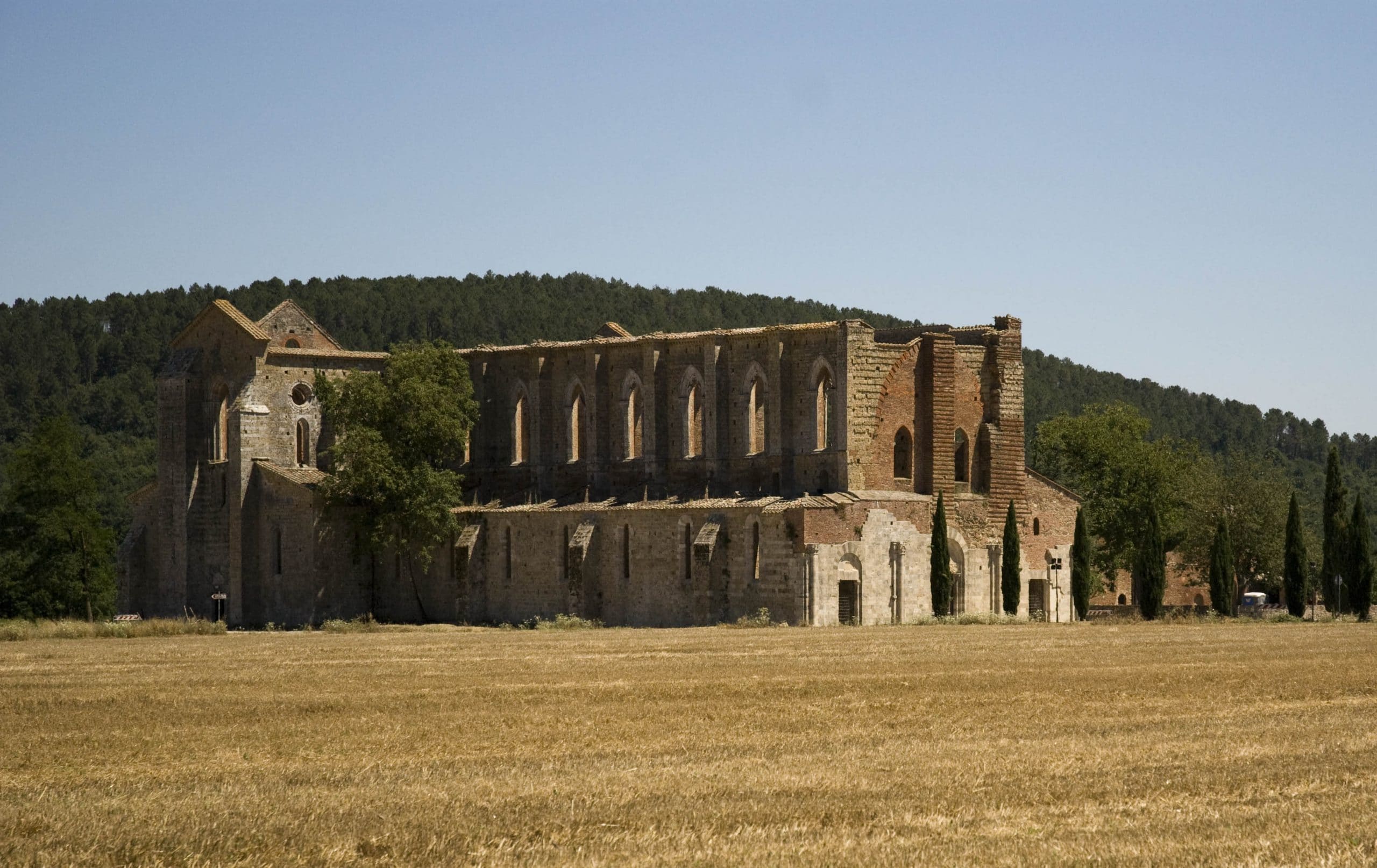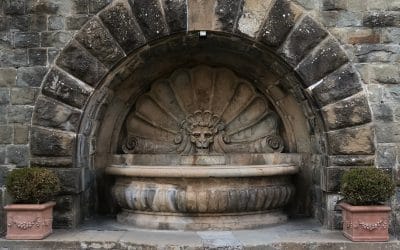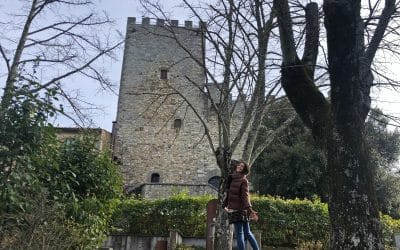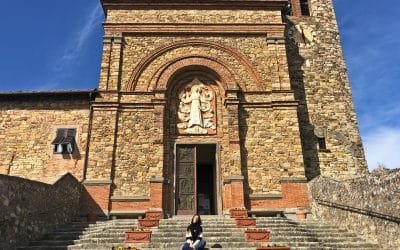San Galgano Abbey
The remains of one of Tuscany’s most important monasteries.
The site includes two different attractions: the large Abbey with a huge roofless church and the hermitage of Monte Siepi where, according to legend, St Galgano retired as a hermit.
At Christmas 1180, Galgano decided to change his life and begin a new existence in complete isolation and penance, relentlessly seeking God and the peace that the turbulent times in which he lived denied him. As a form of total renouncement to any kind of violence, Galgano drove his sword into a rock, with the idea of using it exclusively as a cross before which to pray. This was a symbolic gesture of great strength for that period.
Galgano’s sword is located in the centre of the Rotonda of Monte Siepi, in the chapel a few hundred metres from the San Galgano Abbey. Judging by the visible part protruding from the rock, it appears to be an authentic sword from the 12th century.
Galgano died in 1181 leaning on his cross and a beautiful chapel was built in his honour. The church perfectly respects the canons of the Cistercian abbeys; these canons were established by the rule of St Bernard and included precise rules regarding the location, architecture and layout of the buildings. The abbeys had to be built along the most important communication routes (in this case the Via Maremmana) to facilitate communication with the mother house; they were also located near rivers (here is the Merse) to exploit hydraulic power; and finally, they were always in wooded or marshy areas so that they could be reclaimed first and then used for cultivation.
In 1185 Galgano was proclaimed a saint by Pope Lucius III. Soon the monks devoted to him became a point of reference for the whole territory and for the Republic of Siena. The majesty of the abbey testifies, in fact, to the large following of the cult of San Galgano.
Some scholars argue that there are similarities between the story of St. Galgano and that of King Arthur because both events occurred in the 12th century and, moreover, between Galgano and the name of one of the Arthurian knights, Galvano, there are particular similarities. What we can take as certain is that there is this sword curiously embedded in a rock that brings back the echo of ancient and distant secrets of the history and medieval art of the countryside that have never been revealed.
Continue with the discovery of Chianti…
Radda in Chianti
Radda in Chianti A place known for its evocative atmosphere and its marvelous landscapes Radda in Chianti is a spectacular medieval village enclosed by massive defensive walls, located on top of the hill that divides the valleys of Arbia and Pesa. To its typically...
Castellina in Chianti
Castellina in Chianti Among woodlands, wildlife and Etruscan civilizationThe picturesque village still maintains the quadrilateral shape typical of the ancient medieval fortifications. The main fortification and the heart of the town is the ancient fortress, designed...
Panzano in Chianti
Panzano in Chianti Living in another eraThe Via Chiantigiana is one of the most seductive streets of Chianti Classico. It winds through rolling hills, villages, castles and wineries where you can taste the famous DOC wine. Panzano in Chianti is a quiet holiday resort...




